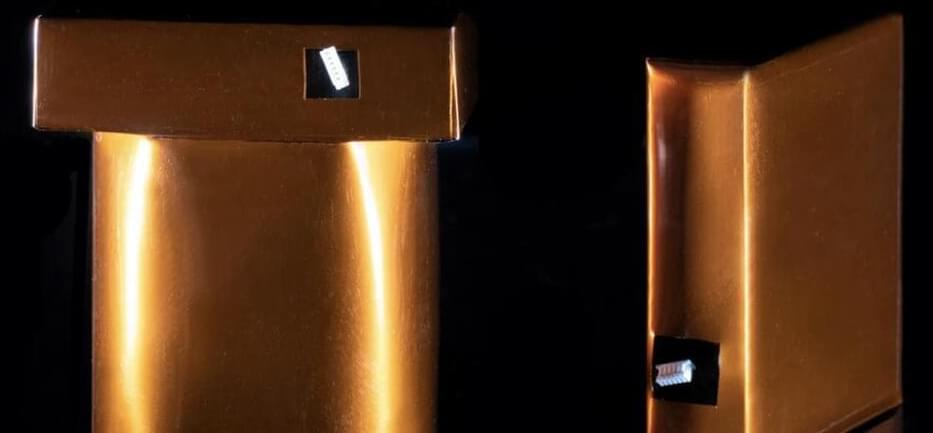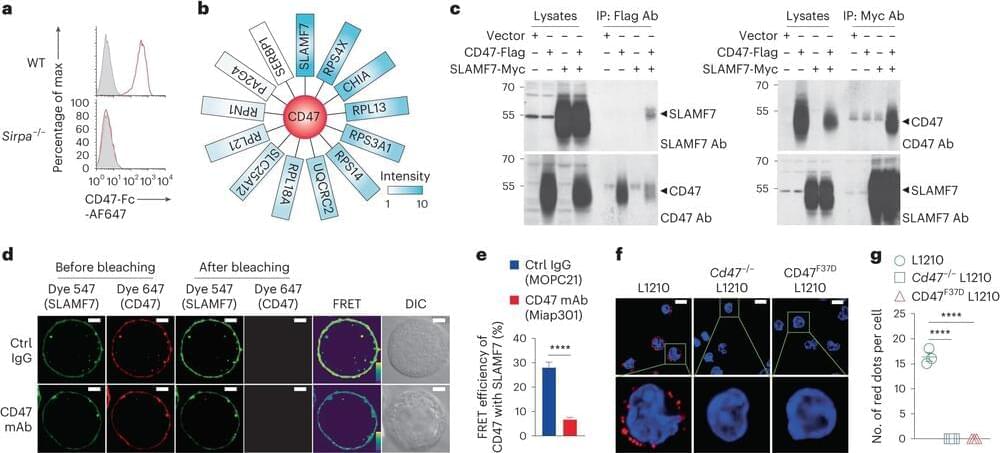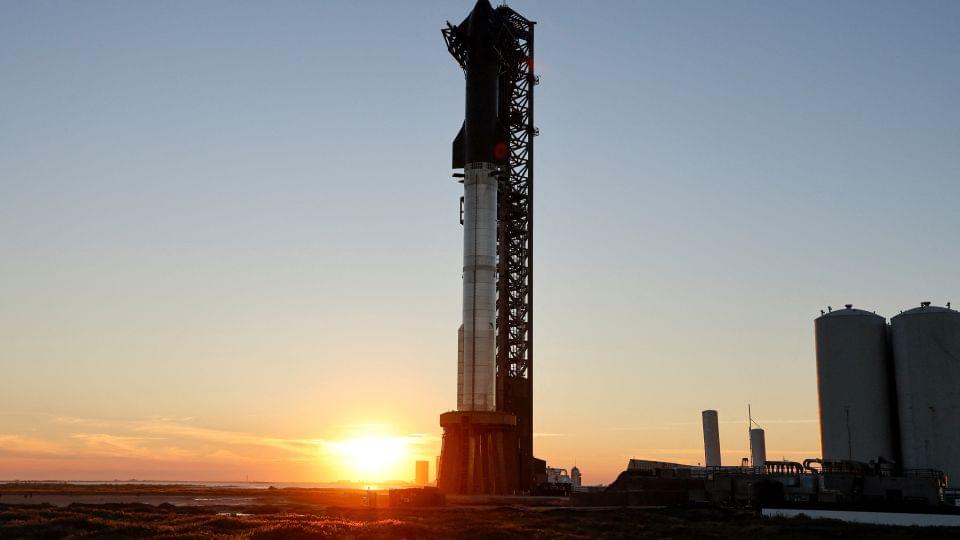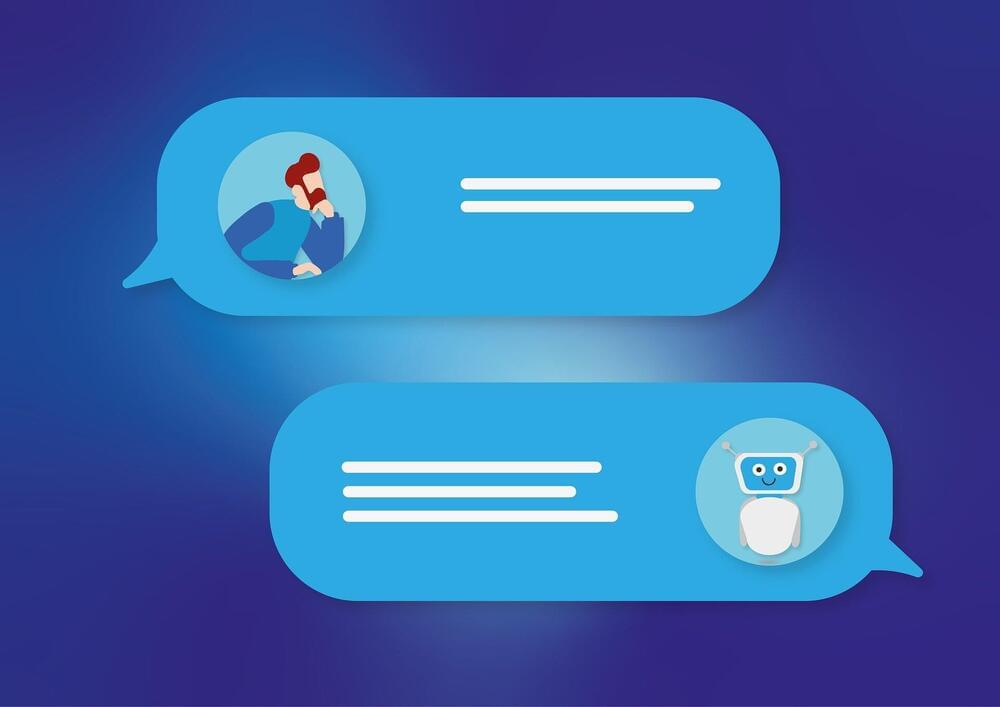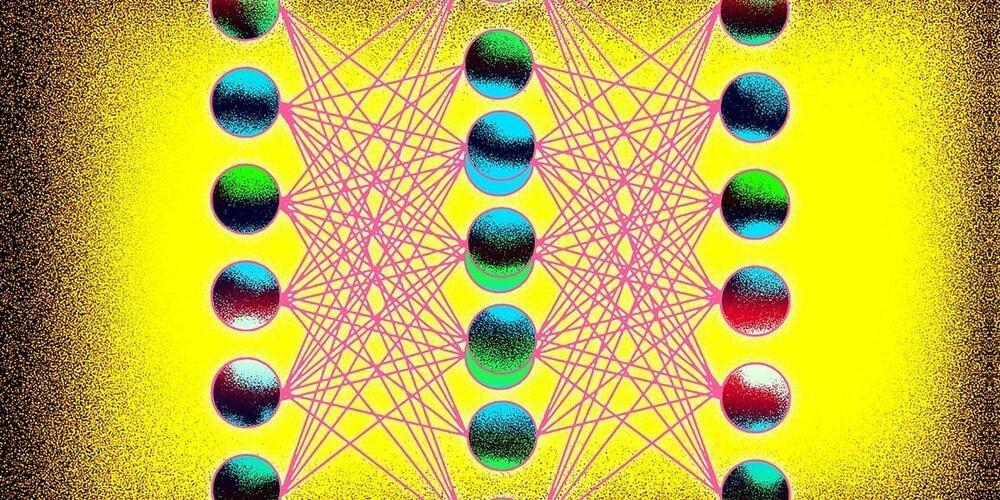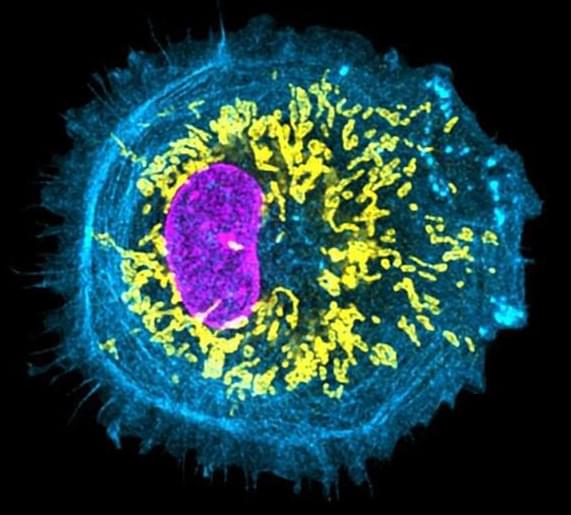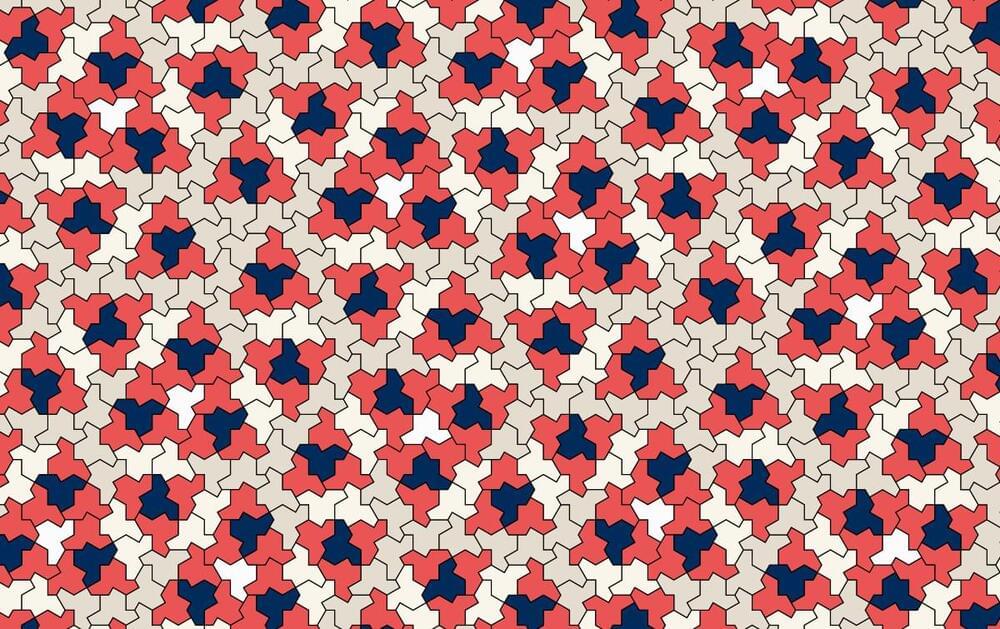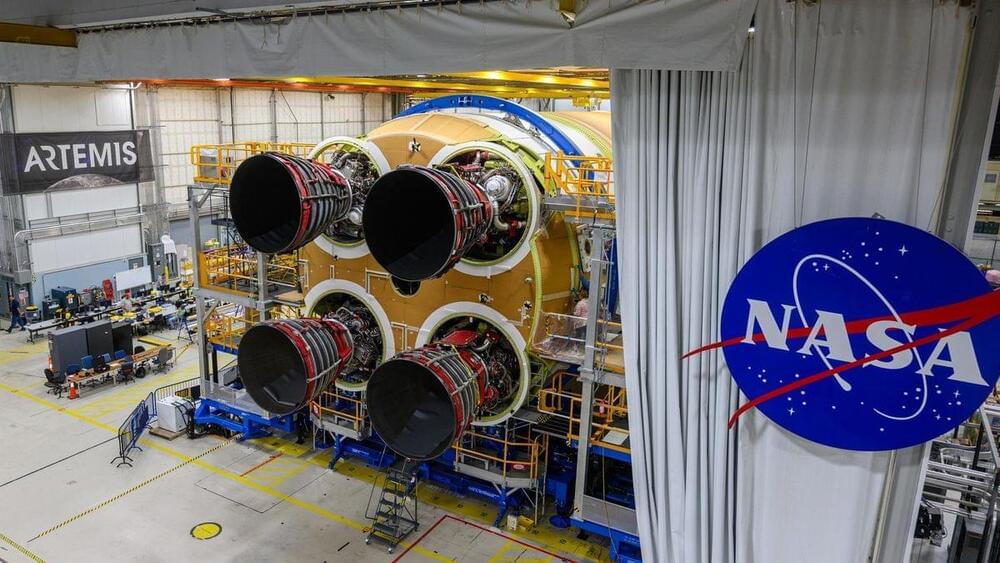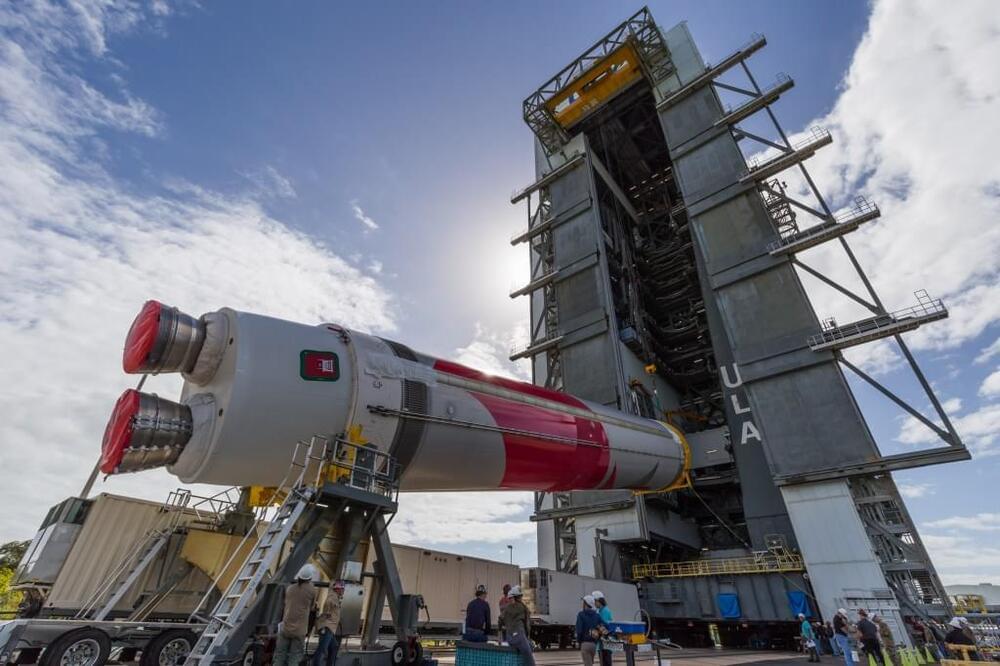It just launched into space—so we’re about to find out if that’s actually true.
The “Cosmic Vine” is a massive structure in the cosmic web that links 20 galaxies in the early universe.
Major work led by Dr. André Veillette’s team at the Institut de recherches cliniques de Montréal (IRCM), in collaboration with a group of researchers, and just published in Nature Immunology, managed to identify a previously unknown molecular action that prevents phagocytosis, which is a process that promotes the immune system’s response to cancer. A Research Briefing on the work done by the team has been published in the same journal.
Macrophages are cells of the immune system. One of the roles of macrophages is to engulf, or “eat,” cells that are defective or dangerous, including cancer cells. This process is named phagocytosis. Macrophages can be called into action to eliminate cancer cells. However, this capacity is often defective, because macrophages are put in a state of dormancy by the cancer cells.
This is in part because a particular molecule called CD47 is often over-abundant on cancer cells. CD47 prevents phagocytosis by triggering a molecule or “receptor” on macrophages named SIRPα. Agents that block the ability of CD47 to trigger SIRPα have shown promising results for treating cancer.
SpaceX’s Starship rocket system is on the launchpad once again, preparing for its second test flight after a fiery explosion ended its first attempt in April.
GPT-4 falls short of Turing threshold
Posted in education, humor, law, robotics/AI
One question has relentlessly followed ChatGPT in its trajectory to superstar status in the field of artificial intelligence: Has it met the Turing test of generating output indistinguishable from human response?
Two researchers at the University of California at San Diego say it comes close, but not quite.
ChatGPT may be smart, quick and impressive. It does a good job at exhibiting apparent intelligence. It sounds humanlike in conversations with people and can even display humor, emulate the phraseology of teenagers, and pass exams for law school.
The researchers used human stem cells to create a model of early brain development — organoids.
Super-resolution image of human stem cell-derived Microglia cells with labeled mitochondria (yellow), nucleus (magenta), and actin filaments (cyan). These Microglia cells help in the maturation of neurons in human brain organoid models. Photo credit: A*STAR’s SIgN
An international team of scientists has uncovered the vital role of microglia, the immune cells in the brain that acts as its dedicated defense team, in early human brain development.
Experts have searched for decades for a polygon that only makes non-repeating patterns. But no one knew it was possible until now.
Space fans, get ready to start your moon engines.
NASA’s Artemis 1 uncrewed moon mission lifted off from NASA’s Kennedy Space Center (KSC) in Florida on Nov. 16, 2022. One year later, the next moon rocket ride for astronauts is in testing for a new mission that could launch in late 2024.
United Launch Alliance has its missing rocket piece in hand at Cape Canaveral and all systems are go for a Christmas Eve launch to mark the debut of its Vulcan Centaur rocket.
A new Centaur upper stage arrived by barge to the Space Coast on Monday, a replacement for the stage ULA originally planned to fly on the Certification-1 mission this past May. That initial flight, already delayed for nearly two years, was again put on hold after an issue with a test version of the Centaur stage was destroyed amid a massive fireball in the spring, requiring design changes to ensure a repeat didn’t happen during actual liftoff.
“The path to flight 1 is clear,” said ULA President and CEO Tory Bruno. “All we need to do is integrate the stage onto the vehicle. We do all kinds of system testing anytime we touch it, so we’ll have to pass all of that, get through the [wet dress rehearsal] and then integrate the payload, and off to space,”
